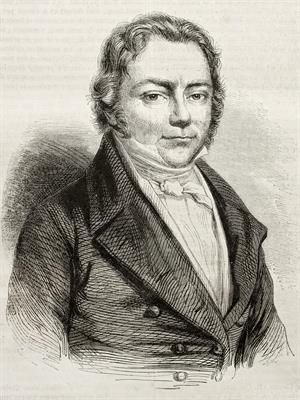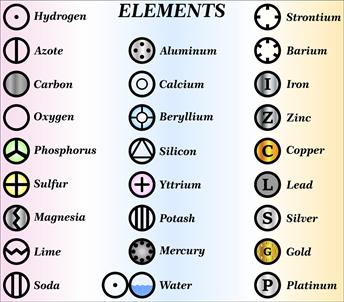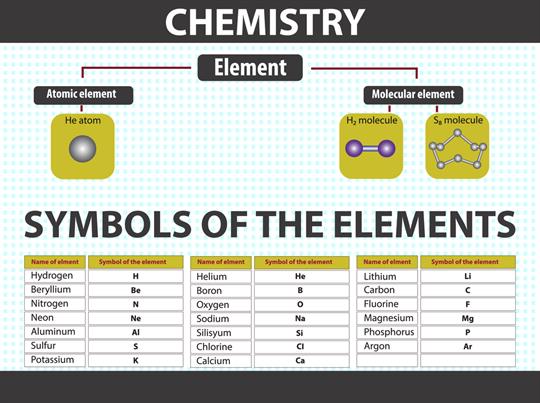
PUMPA - SMART LEARNING
எங்கள் ஆசிரியர்களுடன் 1-ஆன்-1 ஆலோசனை நேரத்தைப் பெறுங்கள். டாப்பர் ஆவதற்கு நாங்கள் பயிற்சி அளிப்போம்
Book Free DemoWe all have a name, and we named the materials and objects in our surroundings to identify them. Similarly, scientists have also named atoms and given unique symbols to identify them.

Biometric Identification
Now let's take a look at those symbols of the elements.
Symbols of elements:
Jöns Jacob Berzelius, a Swedish chemist, proposed that element symbols be made up of one or two letters from the element's name.

Jöns Jacob Berzelius
We can see that each element has a name and a unique chemical symbol. Some elements' symbols are made up of the first letter of the name and a letter that appears later in the name.
But, John Dalton was the first scientist to use the symbols for elements in a very specific sense. Below we see the symbols of the atoms proposed by John Dalton.

We can see that each element has a name and a unique chemical symbol. Some elements' symbols are made up of the first letter of the name and a letter that appears later in the name.
Example:
(i) Hydrogen - H
(ii) Magnesium - Mg
But some elements named after another language like Greek and Latin, so those elements would be different from others.
Example:
i) The symbol of iron is Fe from its Latin name Ferrum (Fe).
ii) Potassium symbol is K from Kalium (K).
iii) Sodium symbol is Na from Natrium (Na).

Nowadays, elements names are authorised by the IUPAC (International Union of Pure and Applied Chemistry).